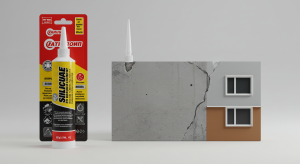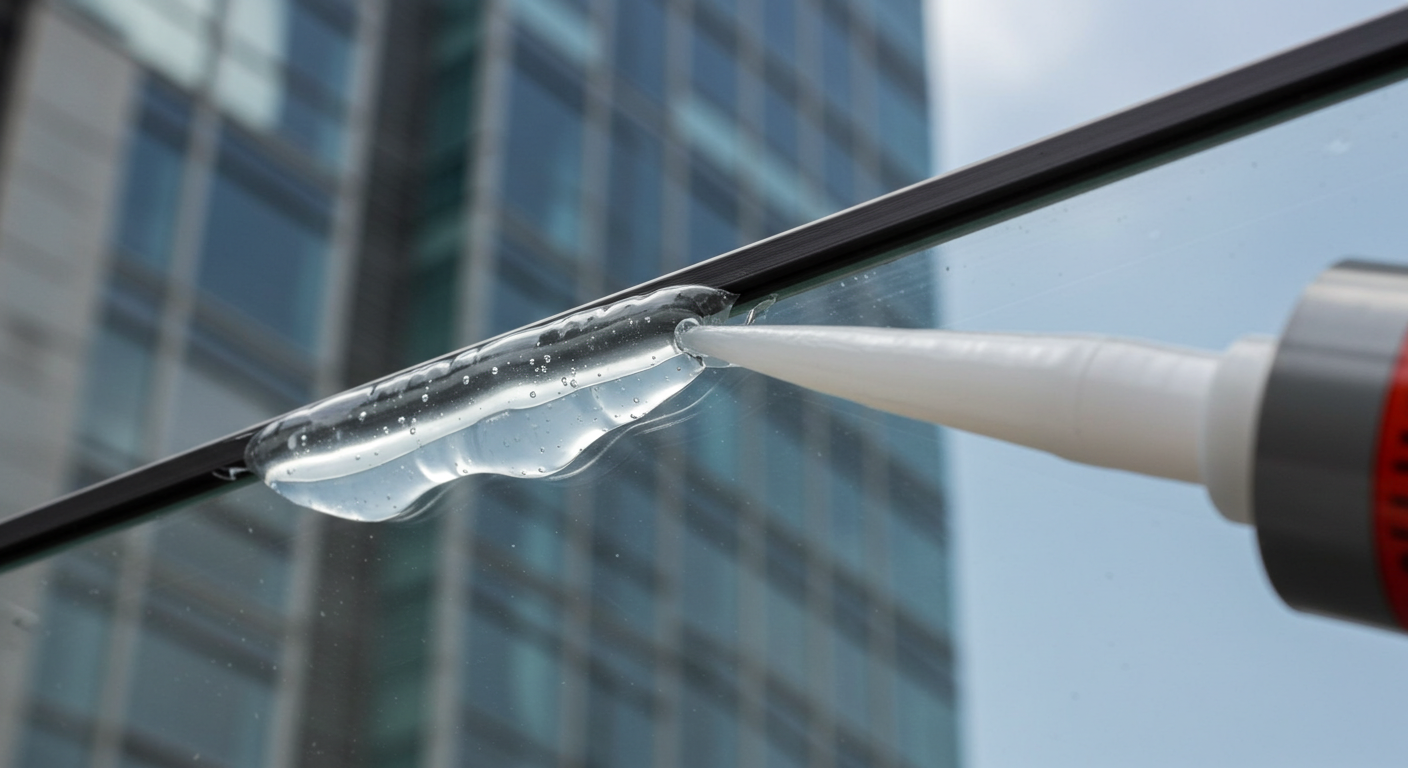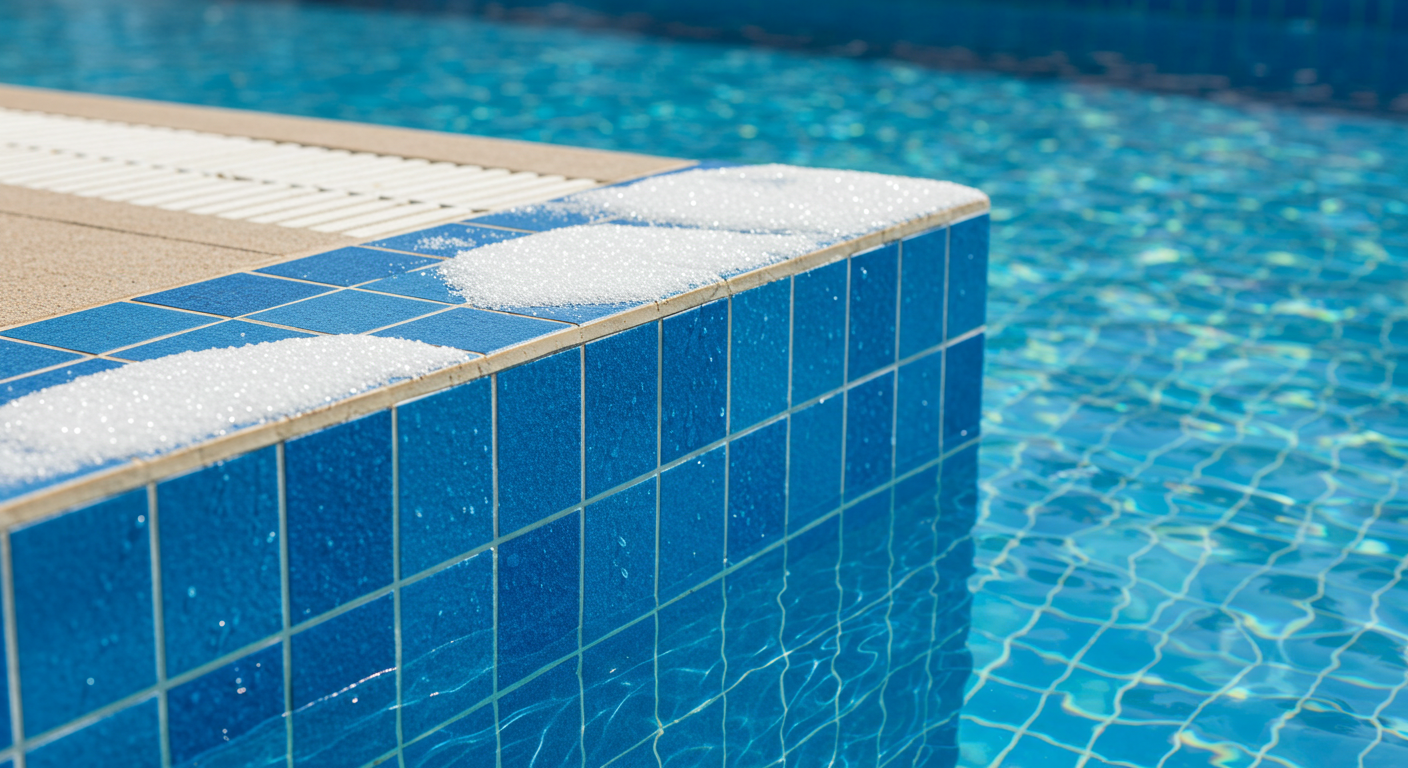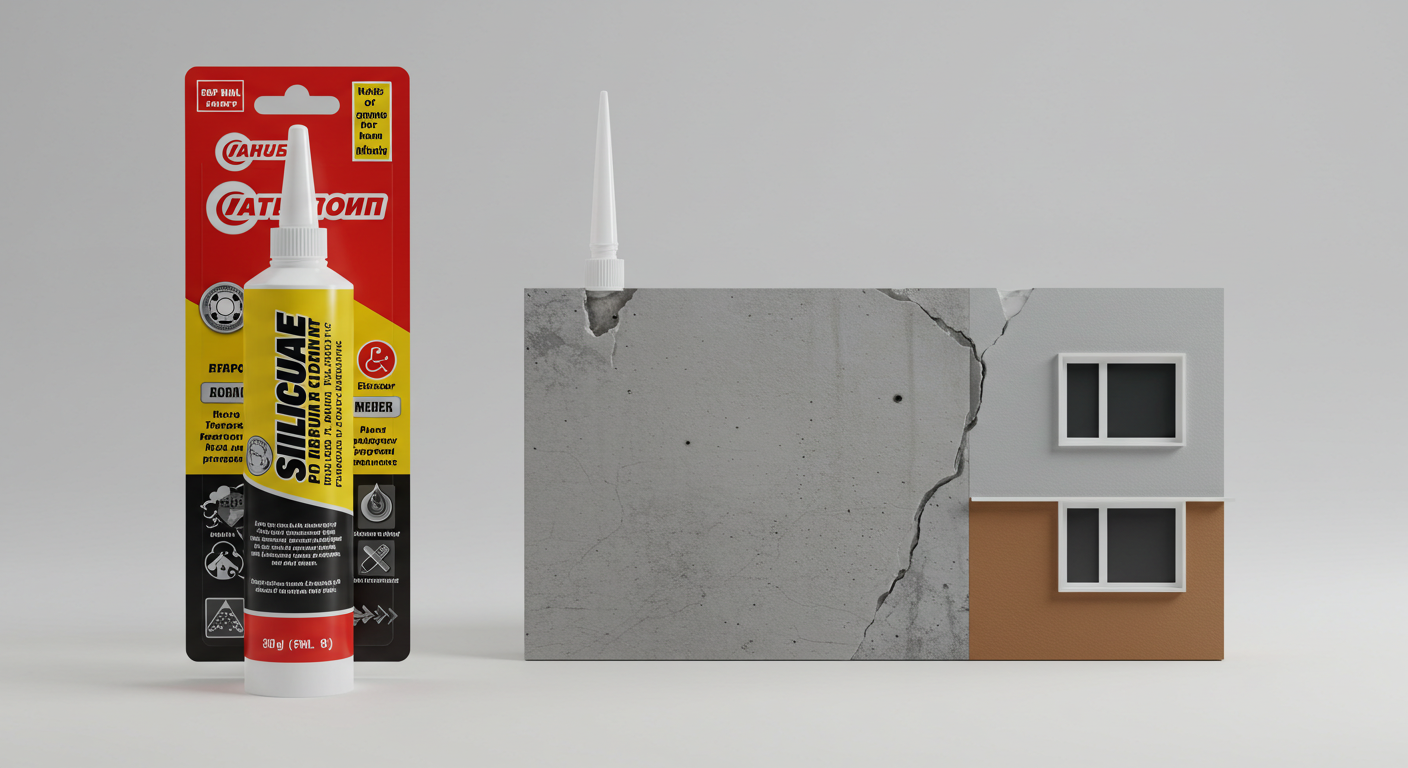Construction Silicone Sealant for High Durability
2025-02-01

In the world of construction, ensuring structures can withstand the test of time requires durable materials. One such product that has revolutionized the building industry is construction silicone sealant. Known for its exceptional strength, flexibility, and ability to resist environmental conditions, construction silicone sealant is used in various applications to provide long-lasting protection against water, air infiltration, and temperature fluctuations. This guide offers an in-depth look at the benefits, applications, proper usage, and tips for maximizing the lifespan of this essential material.
What is Construction Silicone Sealant?
Construction silicone sealant is a highly elastic, rubber-like compound made primarily from silicone polymers. It is formulated to seal joints, cracks, and gaps, creating a protective barrier that resists moisture, air leakage, dust, and contaminants. Unlike traditional caulks, which can harden and crack over time, silicone sealants remain flexible after curing, allowing them to accommodate structural movement without losing adhesion.
This product adheres well to a variety of surfaces, including glass, metal, plastic, concrete, and wood. Its versatility and long-term durability have made it a staple in both residential and commercial construction projects.
Benefits of Construction Silicone Sealant
Long-Lasting Protection
One of the most important advantages of construction silicone sealant is its ability to provide lasting protection. Once applied and fully cured, it forms a robust and resilient seal capable of withstanding environmental challenges. Its longevity reduces the need for frequent reapplications, lowering maintenance costs over time.
Water and Moisture Resistance
Construction projects often require protection from water infiltration. Silicone sealants create an impermeable barrier, preventing water from seeping into surfaces and causing damage. Whether used on exterior walls, roofs, or around plumbing fixtures, this sealant keeps moisture at bay and protects structural integrity.
Flexibility and Movement Accommodation
Buildings naturally expand and contract due to changes in temperature, seismic activity, or settling. Rigid sealants may crack under these stresses, but silicone sealants maintain their elasticity. This property allows them to absorb movements without losing their seal, ensuring joints remain protected in the long term.
Resistance to Extreme Temperatures
Construction materials are often exposed to fluctuating temperatures, ranging from freezing cold to intense heat. Silicone sealants are engineered to perform in temperatures ranging from -60°C to 200°C, making them suitable for outdoor applications and extreme environments.
UV and Weather Resistance
Prolonged exposure to sunlight and harsh weather conditions can degrade many sealants. Construction silicone sealants, however, are UV-stable and weather-resistant, ensuring they don’t crack, fade, or deteriorate when exposed to rain, wind, or direct sunlight.
Strong Adhesion to Multiple Surfaces
The ability to bond effectively to diverse materials makes silicone sealants highly versatile. They adhere to concrete, glass, aluminum, wood, and more, making them ideal for a wide range of construction applications. This strong adhesion ensures watertight and airtight seals.
Mold and Mildew Resistance
For projects in humid or wet environments, mold and mildew growth can be a major concern. Many silicone sealants are formulated with anti-fungal additives that prevent mold from developing, ensuring a cleaner and healthier environment.
Common Applications of Construction Silicone Sealant
Sealing Windows and Doors
Air leakage around windows and doors can lead to energy loss and moisture problems. Silicone sealants are used to fill gaps around window frames and door jambs, preventing air and water from entering. By improving insulation, they contribute to lower energy costs and enhanced indoor comfort.
Roofing and Gutter Sealing
Roofs and gutters are exposed to constant weathering, including heavy rains and snow. Silicone sealants create a watertight seal that prevents leaks and protects the underlying structure from water damage. Their ability to withstand fluctuating temperatures and heavy moisture exposure makes them ideal for roofing applications.
Expansion Joints in Buildings
Expansion joints are designed to accommodate the movement of building materials due to temperature changes and settling. Applying silicone sealants in these joints ensures they remain flexible and absorb movement without cracking. This prevents structural damage and extends the life of the building.
Bathroom and Kitchen Sealing
Bathrooms and kitchens are prone to moisture accumulation, making them ideal environments for mold and mildew growth. Silicone sealants are applied around sinks, bathtubs, showers, and countertops to create a watertight seal. Their water-resistant properties protect against leaks and ensure hygienic conditions.
Curtain Walls and Glass Installations
Modern architectural designs often feature curtain walls and glass panels for aesthetic and functional purposes. Silicone sealants provide a secure and weatherproof seal between glass panels, enhancing the building’s energy efficiency and preventing leaks.
Sealing HVAC Systems
Heating, ventilation, and air conditioning systems require airtight seals to ensure energy efficiency. Silicone sealants are used to seal ducts, vents, and system connections, preventing air leakage and maintaining optimal system performance.
How to Choose the Right Construction Silicone Sealant
Evaluate Application Requirements
Before purchasing a sealant, consider the specific requirements of your project. Exterior applications may require weatherproof and UV-resistant formulations, while interior applications may benefit from mold-resistant properties.
Consider the Temperature Range
Choose a sealant that can withstand the temperature fluctuations specific to your region or application. For outdoor projects, select a product rated for both extreme heat and cold.
Surface Compatibility
Ensure the sealant is compatible with the materials you intend to seal. Most construction silicone sealants adhere well to common construction materials, but checking the manufacturer’s specifications is always recommended.
Color Options
Silicone sealants come in clear, white, and a variety of other colors. Choose a color that complements the design of the space for a seamless finish.
Check for Certifications
Some applications may require sealants that meet specific standards for fire resistance, mold prevention, or environmental impact. Look for certifications to ensure the product meets your needs.
Proper Application Techniques for Construction Silicone Sealant
Clean the Surface
A clean surface ensures proper adhesion and a long-lasting seal. Remove dirt, grease, and old sealant using a scraper or cleaning solution. Allow the area to dry before applying the new sealant.
Apply Masking Tape
Masking tape helps create clean lines and prevents excess sealant from spreading. Apply tape along both sides of the joint to ensure a neat and professional finish.
Cut the Nozzle and Load the Caulking Gun
Cut the nozzle of the sealant tube at a 45-degree angle and load it into a caulking gun. The angled cut provides better control and ensures an even bead of sealant.
Apply the Sealant
Apply a continuous bead of sealant along the joint, maintaining steady pressure on the caulking gun. Ensure the bead is consistent and covers the joint completely without leaving gaps.
Smooth and Finish
Use a smoothing tool or your finger (dipped in soapy water) to smooth the sealant and ensure it fills the joint properly. Smoothing also helps remove air bubbles and improves adhesion.
Allow for Curing
Follow the manufacturer’s instructions for curing time. Avoid exposing the sealed area to moisture or stress until fully cured.
Maintenance and Longevity Tips
Regular Cleaning
Clean the sealed areas periodically to remove dirt and debris. Use mild soap and water to avoid damaging the sealant.
Inspect for Damage
Periodically check for signs of cracking, gaps, or peeling. Promptly addressing any damage can prevent further issues and extend the life of the sealant.
Reapply as Needed
Over time, even the most durable sealants may require reapplication. Monitor high-traffic or exposed areas and reapply sealant when necessary to maintain protection.
Conclusion
Construction silicone sealants are indispensable for enhancing the durability, flexibility, and longevity of various building components. Whether you’re sealing windows, doors, expansion joints, or HVAC systems, silicone sealants provide reliable protection against moisture, air leaks, and environmental stress. By selecting the right product and applying it correctly, you can safeguard your construction projects and ensure they withstand the test of time.




